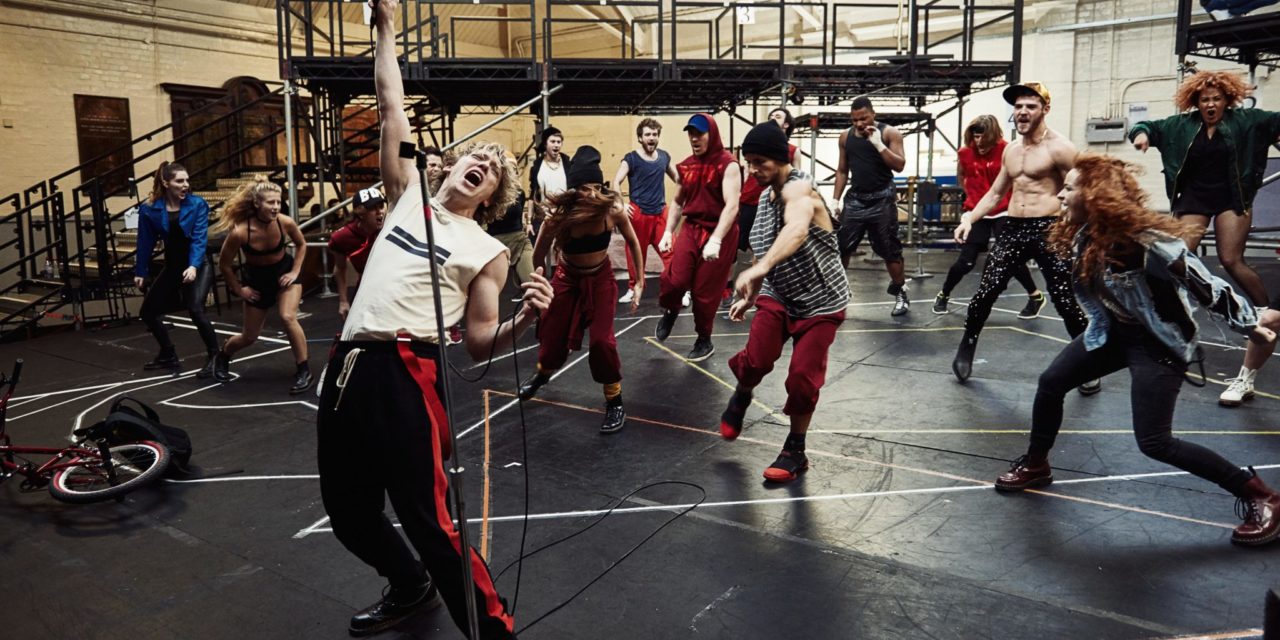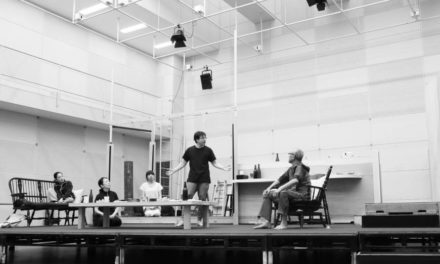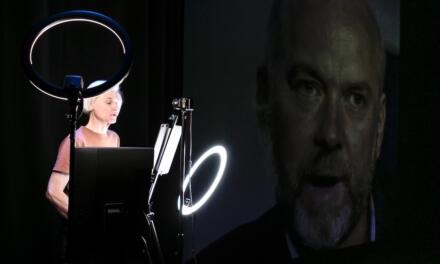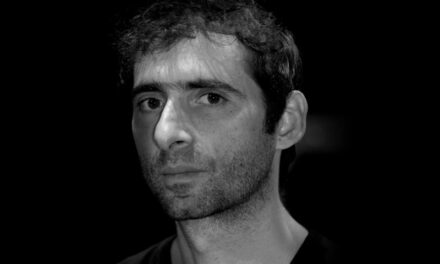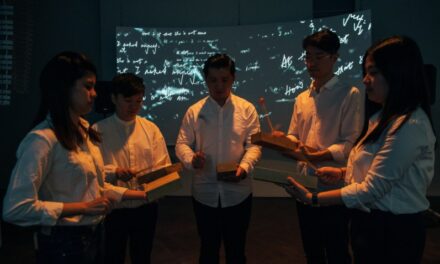Jim Steinman’s Bat Out of Hell – The Musical is opening with a burst of energy at the Manchester Opera House. With songs like I Would Do Anything For Love (But I Won’t Do That), the action-packed theatrical experience combines rock opera and other intricate feats of staging.
Theatre and Opera Editor Marcina Zaccaria spoke with Director Jay Scheib about this dynamic new musical.
MZ: This is so different than the work you were doing in NY. How do you anticipate the audience reaction is going to be? How is it different than preparing a show at BAM or The Kitchen.
JS: For me, fundamentally, it’s the same kind of process. I spend a lot of time figuring out what the script is about. What is behind all of the moves and the text. Especially all of the songs. Then, I just try to put that on stage to the best of my ability, and surround myself with as many super intelligent, hyper charged individuals, as possible.
MZ: What was the collaborative relationship directly with Jim Steinman?
JS: Jim and I have been working on this together, I guess, for a little over two years. Something like that? About two years. It was a matter first of getting to know him what this work meant to him. I hadn’t been aware that he had such an extensive theater background. So we did a lot of talking about theater. A lot of talking about some of his influences and interests and what drove the development of Bat Out of Hell, and I guess how the intense period of creative output evolved some of the most “iconic” songs of the 20th century. Bat Out of Hell was the soundtrack for a lot of growing up.
We also spent a lot of time talking about the structure of the script, because it has gone through many, many iterations since it began, even prior to the Bat Out of Hell album.
MZ: How do you gauge whether directing a musical is different than directing an opera?
JS: It’s definitely a rock-and-roll opera, with opera writ large. I’ve been thinking a lot lately about length of the emotional expressions, they bring a great durational aspect to the work. Lyrics repeat and repeat themselves. But they don’t just repeat themselves, they actually evolve. They accumulate meaning, as they move along. Slight changes, slight adjustments. And, In the end, it’s very similar to working a scene from Beethoven or something like Tristan und Isolde or any of the Wagner operas, where the line is so long that their simplicity becomes reflective of deeper, more profound ideas.
Jim and I talked a lot about opera. He’s very devoted to Wagner’s work…and the connection is clear in the way some of the songs are structured, and anyway some songs are entire scenes in and of themselves, like Paradise by the Dashboard Light. It’s like a well-made scene in and of itself.
MZ: What is it like doing this intricate, complex work with lyrics that people know already?
JS: Well, it’s a collaboration. We decided early on, that we would spend a lot of time on how they should be parsed out, in terms of movement and dance, and then the plans all kind of go right out the window, when you start working. Everything takes another shape. [About choreography with Emma Portner] We’ve settled into this great relationship, in which, in some cases, she makes a choreographic structure, and I find ways to shape that with the singers to keep the narrative moving forward. In other cases, she is structuring the meaning through her vocabulary, and I adjust to support it. Next, comes lights, costumes, video etc…
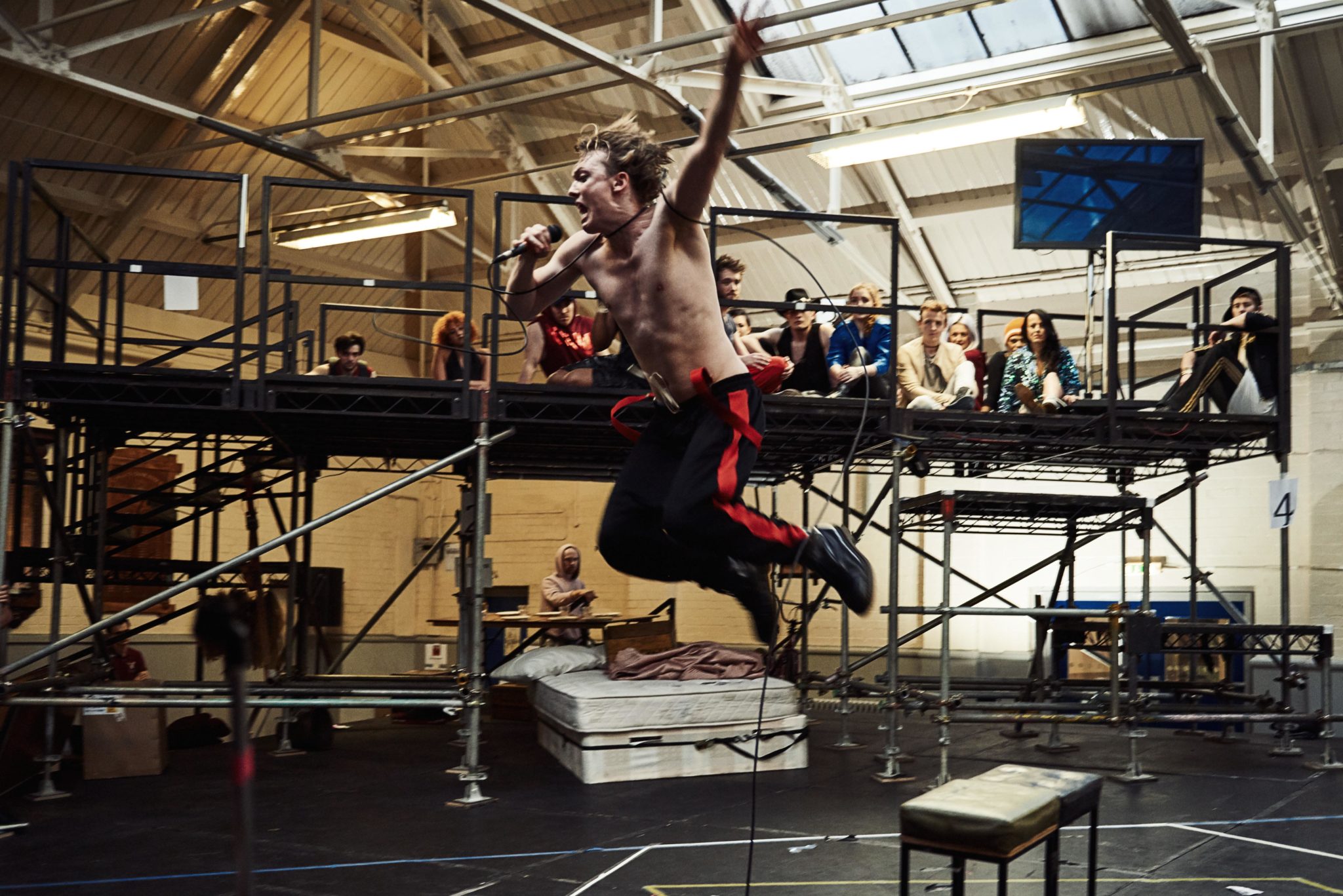
MZ: A lot of your work centers on cinema performance. How is that unique to your take on Bat Out of Hell?
JS: We have incorporated a pretty fair amount of video into the work and we are trying to be as forward looking as possible. Working with the video designer Finn Ross, we’re sort of structuring, how, the role of video is sometimes similar to the use of light, in the focusing of the story. Focusing the eye. Visually the work moves through all of its transformations of place, in space, and video opens a space for that expressive action.
Some scenes flow seamlessly into or out of song but some of the scenes are discreet events. They are scenes. We have sought to amplify those scenes with the use of live cinema techniques. So the rehearsal room also bristles with cameras and monitors. We are, sort of, working it out as we go. So far, so good.
MZ: Is it all pre-recorded video or is any of it live, interactive video?
JS: It’s about half and half. We shot some green screen sequences. Some green screen dance sequences. Finn is developing a number of addition animated action sequences, which make beautiful use of the architecture. Active architecture, we make the architecture active. We are using prepared footage, and then the other half a combination of prepared and live footage. That, too, is another kind of step in the process.
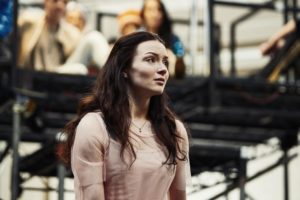
MZ: Are you thinking ahead to any work that is out on the horizon, in terms of new musicals and operas?
JS: Yeah. I am preparing to do an opera on the dissolution of cities and societies in Wuppertal. It is, as yet, untitled. And then our Bergman adaptation Persona [with composer Keeril Makan] goes to L.A. Opera in the fall.
Jim Steinman’s Bat Out Of Hell – The Musical enters previews at the Manchester Opera House on February 17. It then opens at the London Coliseum in June.
This post was written by the author in their personal capacity.The opinions expressed in this article are the author’s own and do not reflect the view of The Theatre Times, their staff or collaborators.
This post was written by Marcina Zaccaria.
The views expressed here belong to the author and do not necessarily reflect our views and opinions.

